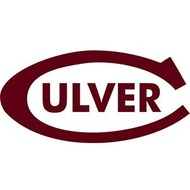(View Complete Item Description)
In this lesson students investigate the effects of black carbon on arctic warming and are introduced to a mechanism of arctic warming that is not directly dependent on greenhouse gases in the atmosphere: black carbon deposition on Arctic snow and ice. It can also be used to introduce the concept of albedo. Prerequisite knowledge: students understand the concepts of absorption and reflection of light energy. This lesson is designed to be used with either an Earth/environmental science or chemistry curriculum. It may also be used as an enrichment activity in physics or physical science during a unit on energy. Includes suggested modifications for students with special needs and low technology option. Requires advance preparation, including freezing ice samples overnight.
Material Type:
Activity/Lab,
Assessment,
Data Set,
Lesson Plan,
Simulation




















